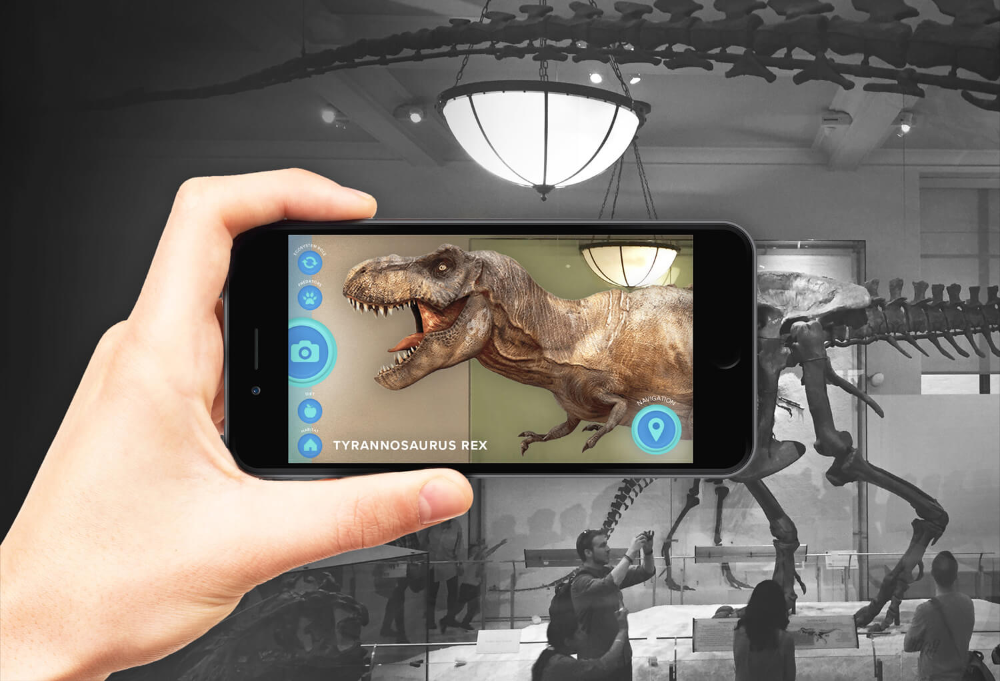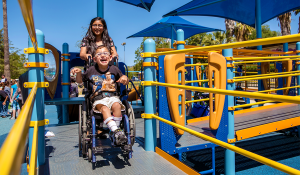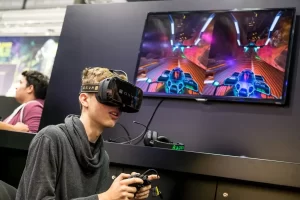
In recent years, technology has revolutionized various industries, and the world of art and culture is no exception. Museums, traditionally known for their static displays and traditional exhibits, are now embracing the immersive power of virtual reality (VR). This innovative integration of VR technology in museum exhibits has opened up new avenues for storytelling, education, and sensory experiences for visitors.
The Power of Virtual Reality
Virtual reality is a computer-generated technology that simulates a three-dimensional environment, allowing users to interact with it using special equipment such as headsets or gloves. This technology has gained tremendous popularity due to its ability to transport users to different places, eras, and experiences. By wearing a VR headset, museum visitors can step into a virtual world tailored to the exhibit’s theme, offering an unparalleled level of immersion and engagement.
Enhanced Storytelling
Traditionally, museums have relied on informative signs and audio guides to convey information about exhibits. However, the integration of VR in museum exhibits takes storytelling to a whole new level. Visitors can now become active participants in the narrative, allowing them to connect with the artwork or historical artifacts on a deeper level. Whether it’s exploring ancient archaeological sites or experiencing iconic paintings in a new light, virtual reality allows museums to transform static displays into immersive storytelling experiences.
Educational Opportunities
One of the primary goals of museum exhibits is to educate and enlighten visitors. VR technology provides an excellent opportunity to enhance the educational experience. By strapping on a VR headset, visitors can travel through time and space, gaining a deeper understanding of historical events, cultures, and scientific concepts. For example, instead of simply reading about the Egyptian pyramids, visitors can virtually explore them, studying their architecture and even interacting with ancient artifacts. Virtual reality technology enables museums to turn learning into a captivating adventure.
Expanded Accessibility
Another significant advantage of integrating VR in museum exhibits is the potential for expanded accessibility. Museums often receive visitors with various physical limitations or geographic constraints that prevent them from experiencing traditional exhibits fully. Virtual reality overcomes these barriers by offering inclusive experiences. Through VR, individuals with mobility issues can explore different museum collections from the comfort of their homes, and visitors from far-off locations can virtually visit without the need for extensive travel. This integration allows museums to reach a wider audience, promoting inclusivity and cultural exchange.
Interactive Exhibits
Virtual reality allows museums to create interactive exhibits that go beyond touchscreens and push buttons. With VR, visitors can have a hands-on experience with virtual objects, manipulating them and examining them from various angles. This interactive nature increases engagement and empowers visitors to take an active role in their learning and exploration. Whether it’s reconstructing ancient buildings or conducting scientific experiments, VR-based interactive exhibits bring a new dimension of excitement and discovery to museum visits.
Challenges and Considerations
While the integration of VR in museum exhibits offers numerous benefits, it does come with its own set of challenges and considerations. Museums must invest in the necessary technology and equipment, ensuring their exhibits remain up to date and user-friendly. They must also strike a balance between the use of VR and preserving traditional exhibits, as some visitors may prefer a more traditional museum experience. Additionally, the maintenance and technical support for VR equipment require ongoing resources and expertise. Nevertheless, the rewards of incorporating virtual reality in museums far outweigh the challenges, providing unique and unforgettable experiences for visitors.
The Future of Museums
The integration of virtual reality in museum exhibits marks an exciting shift in the way people engage with art, culture, and history. It offers limitless possibilities for storytelling, education, and accessibility. As technology continues to advance, we can expect even more innovative uses of VR in museums, allowing visitors to step into the shoes of historical figures, experience far-off places, or witness events long gone.
In conclusion, virtual reality has transformed the traditional museum experience into a dynamic and immersive journey. The integration of VR technology opens up a world of possibilities, elevating storytelling, enriching education, and fostering inclusivity. With each passing day, more museums are embracing this technological integration, ensuring that future generations can explore the past in unprecedented and captivating ways.


